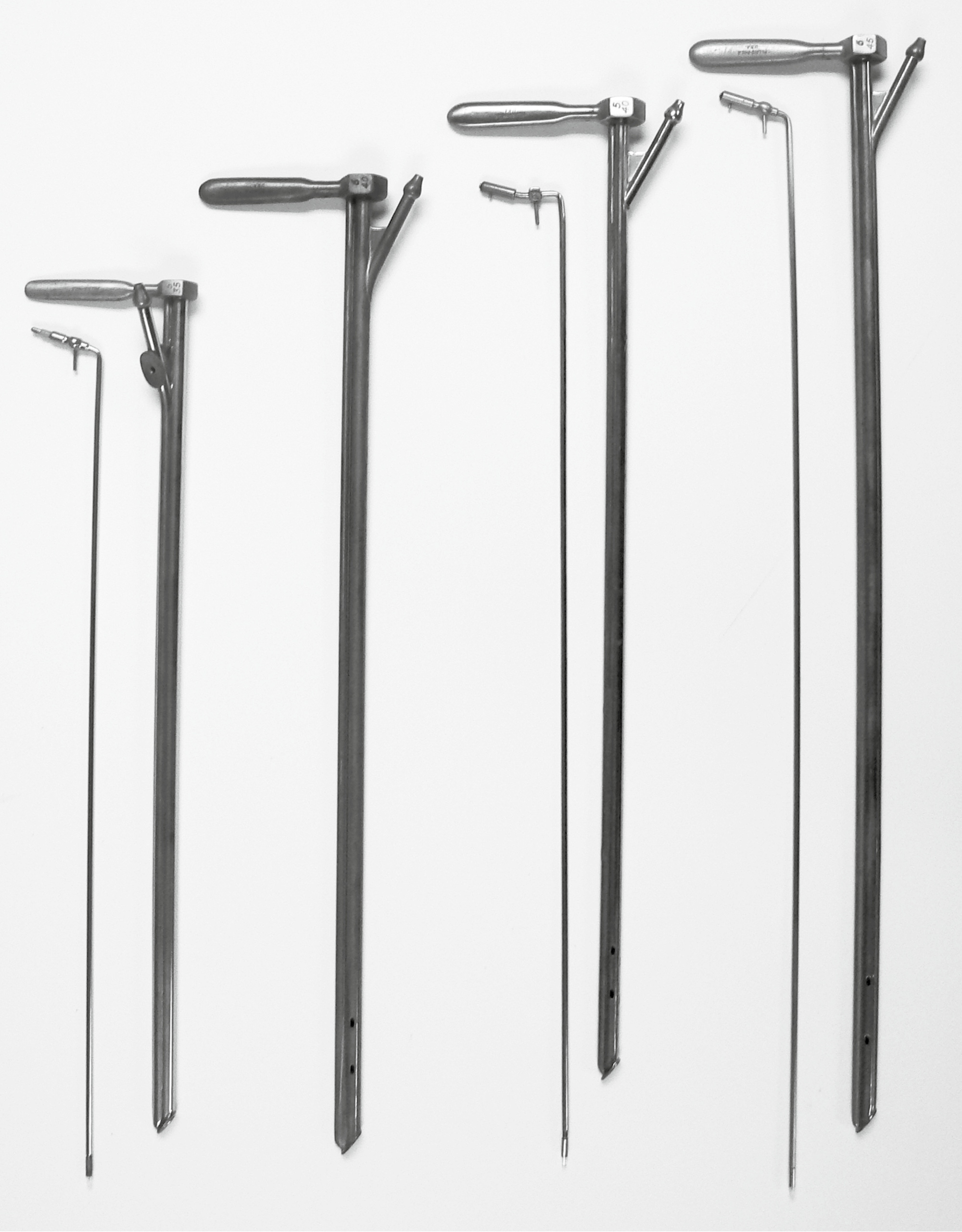Ingestion / Alone on Floor with Pile of Buttons
Chevalier Jackson’s swallowed souvenirs
Mary Cappello
“Ingestion” is a column that explores food within a framework informed by aesthetics, history, and philosophy.
Among the more beguiling collections in Philadelphia’s Mutter Museum is a cabinet filled with indigestible and undigested things, things that people have swallowed or inhaled. A pioneering laryngologist named Chevalier Jackson and the colleagues whom he trained extracted nonsurgically more than two thousand “foreign bodies” from people’s airways and stomachs and then preserved them in this cabinet, and in this way gave to them a local habitation and a name. Jackson, who died in 1958 at the age of ninety-three, wished for his collection of “Foreign Bodies Removed from the Air and Food Passageways” to be “accessible to whomever the [Philadelphia] College of Physicians Deemed Proper.” “These specimens,” Jackson insisted, “are not mere curiosities.”
Feeling mighty intrigued, eager as the next person to open these curious drawers, I am clearly not the intended audience for these objects. My eyes swim with delighted interest, not just in the objects themselves and their imagined sojourns but also in Jackson’s dedicated arrangement. Not curiosities, Jackson reiterates: “With the accompanying data,” these foreign bodies “are, in my opinion, of enormous clinical value to the physician and surgeon.” The data reside in a barely liftable, several-inch-thick Xerox copy of Jackson’s “Classified Tabulation of Various Foreign Bodies Endoscopically Removed from the Air and Food Passages with Illustrations of the Foreign Bodies and All Data Pertaining to their Removal,” which sits atop the drawers. Using the text as a cross-reference, a reader can match any of the objects in the drawers with a grid of information that Jackson provides: following each item and drawer number, we can learn the age and sex of the person associated with the object; the type of foreign body removed; where in the upper torso it was lodged and for how long; the type of anesthetic used (usually none); the type of tube used to extract it; any problems that presented themselves; the type of forceps used; the point of seizure of the object; the result (mostly in bald terms, “cured” or “died”); the length of time it took to remove the object; and further remarks about the case.

Open a drawer and feel yourself entranced by the particularity of each foreign body and the question it heralds: how? Here are double-pointed staples, a tooth and its roots shaped like a tiny pair of pants, the brass foot of an alarm clock, Indian-head nickels and Mercury dimes, a half dollar dated 1892. One toy wristwatch and one real wristwatch; a crucifix with several rosary beads attached; the metallic letter z from a toy airplane; one tiddlywink; and a handful of gruesome endogenous objects—substances, like hardened pus, produced by the body itself. Pins, silvery blue, and in each case opened and splayed—an alphabet of angles, upside down or right side up. Jacks upon jacks upon jacks. A radiator key, tiny binoculars (opera glasses), a plastic Binky doll. Oyster shell, a stove bolt, a bullet. A crayon nib. A glass bead, intact. A “Perfect Attendance” pin.